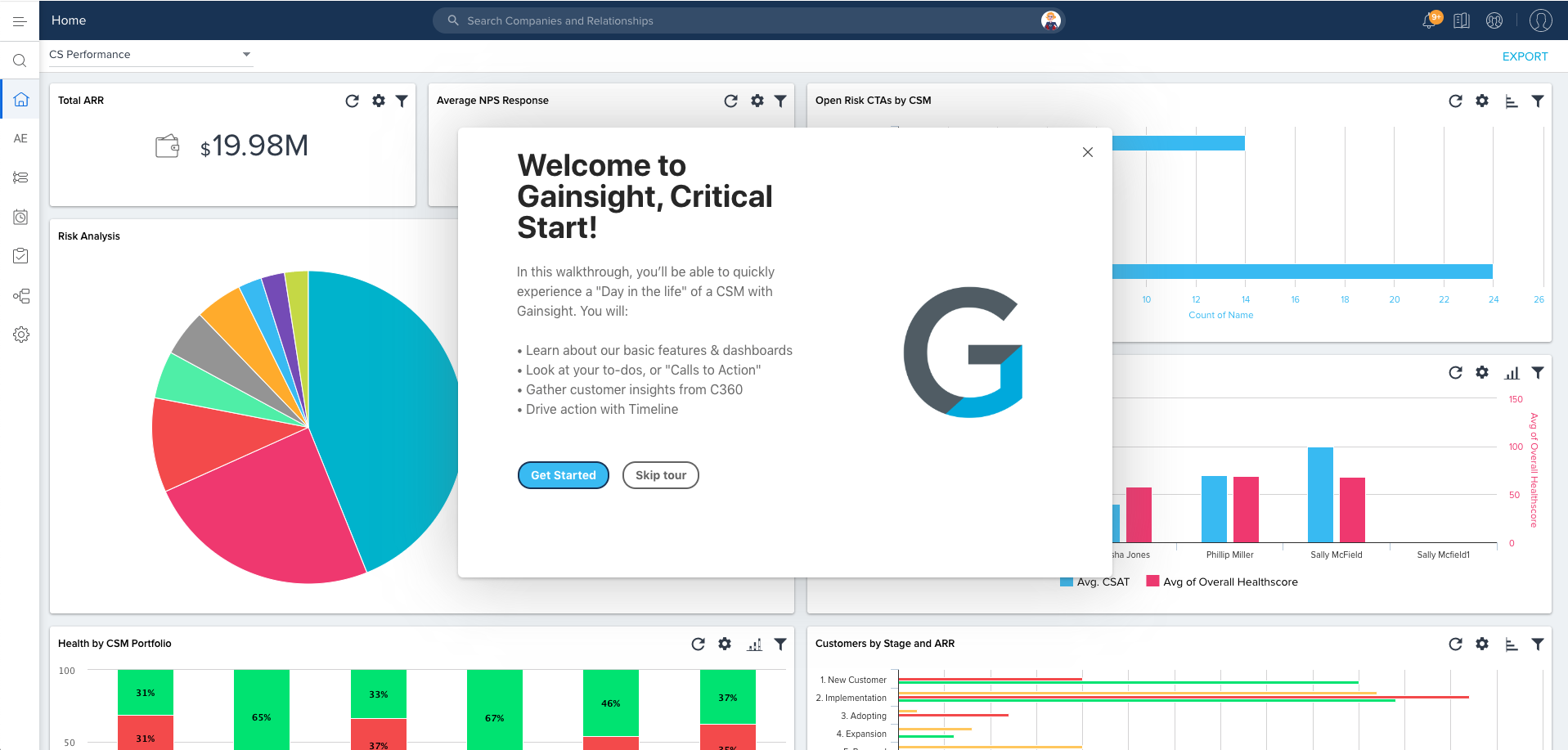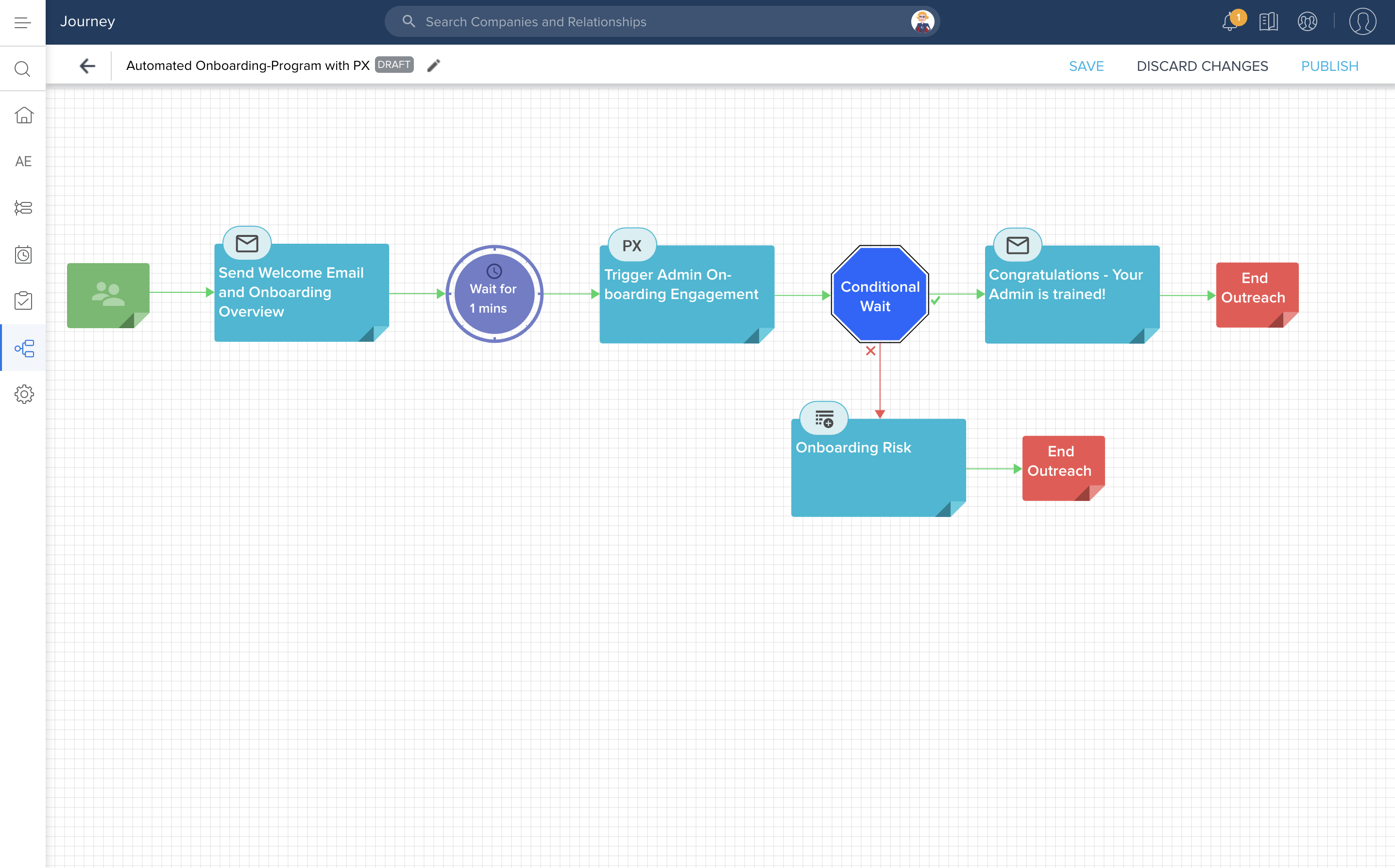Context allows us to add a measure of specificity to an experience or task at hand. For example, we used to live in a world where hugging and handshaking is a standard greeting depending on your relationship. In other cultures, such as the French, even a kiss on each cheek is traditional regardless of sex. Now, even talking in proximity to someone can be deemed a hazardous activity in the current pandemic context. Content applies to the physical world and the digital world.
In the digital world, given how much data surrounds our every interaction, we expect products to deliver a relevant experience based on our uniqueness when we receive digital messages. Providing in-product guides and journeys contextualized or personalized based on the current user (their attributes or previous product behavior) becomes especially crucial when users are more dependent on technology with the accelerated shift to the cloud.
Here are the three fundamental reasons why context matters for in-app engagements in your product:
- Personalized onboarding
- Engagements based on customer health
- Engagements based on feature usage/adoption
Personalized Onboarding
Onboarding is critical to the user experience of your product. This is the first introduction to your product and can define how the user feels about the experience you deliver. An executive using your product to look at high-level metrics weekly or monthly needs a different onboarding experience than a user who will spend the entire workday in your product. The ability to customize the onboarding experience is not available in many in-app engagement platforms.
One of our large enterprise software clients assessed two Gainsight PX competitors over a four-month proof-of-concept. They determined that contextual targeting based on customer health, usage, user, past behavior, and support calls was instrumental in their platform choice. This client also integrated Gainsight PX with their in-house data platforms to better inform these engagements to create a 1:1 experience for all users.

The results speak for themselves. They saw a 70% lift in new feature adoption for users who viewed the personalized in-app guides and a 305% overall adoption lift in previously under-adopted features, resulting directly from contextual, personalized engagement.
Health-Based Engagements
The last thing an unhealthy customer wants to see is an upsell message when they don’t feel they are getting value from their existing package. Using a combination of usage, sentiment, support tickets, etc., you can quickly gauge customer health and determine if an upsell or new feature message is appropriate.
For healthy customers, this is an opportunity for them to get more of what they are already using and accelerate their value with new features and functions. One of our enterprise financial data clients had a challenge where only 5% of their new users participated in live training resulting in low adoption and eventual churn. They looked at their product and identified several ‘golden features’ that could drastically improve their retention if adopted. Using contextual engagement, they were able to drive the other 95% of users to live training on specific features based on their usage to positively impact retention and increased adoption of these ‘golden features.’
Usage and Adoption Based Engagements
We all have products we can navigate by memory without sight. Imagine your favorite feature moved, and instead of being able to find it, you simply found a workaround (perhaps in another system), which diminished your happiness with the product. Imagine being a new product manager at a company. The other PMs navigate the company road mapping tool quickly; however, you are overwhelmed during onboarding, so it takes you some time to adopt the company’s tech tools. Adoption-based engagements can help in situations such as this.

Gainsight PX’s in-app engagements can be segmented to address a specific cohort of users (for example, all users with the same title) so that new employees in a similar role can receive tips based on their particular job function. For users who have been using the product for some time but seem to have difficulty adopting a useful feature (or finding a feature that may have moved during an upgrade), you can also serve up engagements to drive them directly to that feature. For one of our enterprise data analysis firms, contextual engagements were critical for their tech touch segment users. Also, since using Gainsight CS alongside PX, they can deliver a hybrid approach—tech touch coupled with the appropriate human outreach, depending on user adoption.
With many teams under pressure to do more with fewer resources, having this level of context can free up human intervention to focus on other aspects of the customer journey. These three capabilities have allowed Gainsight PX to stand out when put head to head with the competition. If you need more guidance about best practices for in-app engagements, start here to see our kit as well as get 30 days of free in-app engagements using Gainsight PX.

